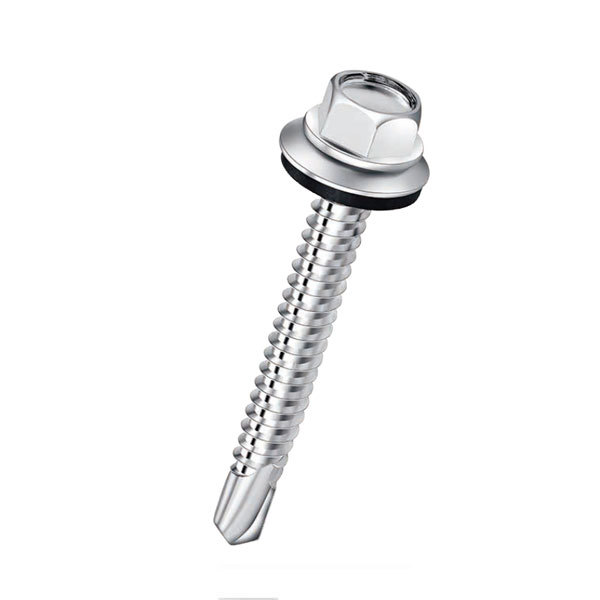A Comprehensive Guide to Various OEM Spring Washer Types and Their Uses
Understanding OEM Spring Washer Types
In the world of manufacturing and mechanical engineering, the reliability of components plays a crucial role in ensuring the longevity and functionality of assemblies and machinery. One such component that often goes unnoticed but is vital for performance is the spring washer. This article delves into OEM (Original Equipment Manufacturer) spring washer types, their functionalities, and the importance of selecting the right type for specific applications.
What is a Spring Washer?
A spring washer is a type of washer that has a slight arc, providing the capacity to compress and expand under load. This design allows it to maintain tension over time, preventing loosening due to vibration or thermal expansion. They are commonly used in various applications, including automotive, aerospace, and general manufacturing.
Types of Spring Washers
1. Conical Spring Washers Also known as Belleville washers, these washers have a conical shape that exerts a force along its axis when compressed. They are particularly effective in applications that require high load capacity in a limited space. Conical spring washers are often used in high-stress environments, such as industrial machinery and heavy equipment.
2. Disc Spring Washers Similar to conical washers, disc spring washers (or flat washers with a spring-like functionality) are designed to provide a steady load-bearing capacity. They are ideal for applications where a constant force is required, such as in valve springs and automotive assemblies. Their flat design allows them to fit into tighter spaces where conventional springs might not be suitable.
3. Locking Spring Washers These are specially designed to prevent bolts and screws from loosening due to vibrations. Locking spring washers have unique shapes—such as toothed or serrated edges—that provide additional friction against the fastening component. They are frequently used in automotive and heavy equipment assemblies where vibrations present a significant challenge.
4. Wave Spring Washers Characterized by their distinct wavy shape, wave spring washers provide a consistent load while being compact. They are often employed in applications requiring small assemblies that still need some level of tension, such as in electronic devices and small machinery components.
oem spring washer types

5. Flat Spring Washers Flat washers serve as spacers and load distributors, helping to reduce surface friction and wear. Although not traditionally classified as spring washers, they can provide a slight spring effect when assembled in stacks. They are commonly used in various applications where a firm foundation is necessary.
Importance of Selecting the Right OEM Spring Washer
Choosing the appropriate spring washer for an OEM application is essential for several reasons
1. Performance The right type of spring washer will ensure the necessary tension and support, promoting optimal performance of machines and devices. A mismatch can lead to mechanical failure, increased wear and tear, or operational inefficiencies.
2. Vibration Resistance In applications where vibrations are prevalent, selecting a locking or conical spring washer can significantly reduce the risk of loosening fasteners and maintain structural integrity over time. This is particularly crucial in automotive and aerospace applications where safety is paramount.
3. Customization OEMs often require specific dimensions, materials, and load capacities tailored to unique designs. Spring washers can be manufactured with various characteristics to meet these needs, making it vital to work closely with suppliers to ensure specifications are met.
4. Cost-Effectiveness Using the correct spring washer can lead to fewer maintenance issues, reduced downtime, and extended equipment life, ultimately saving costs in the long run.
Conclusion
OEM spring washers, despite their small size, are indispensable components in various mechanical applications. Understanding the different types of spring washers—conical, disc, locking, wave, and flat—enables engineers and manufacturers to make informed decisions that enhance the reliability and longevity of their products. As the industry continues to evolve with new technologies and demands, the importance of these components remains steadfast, ensuring safety and performance across a multitude of applications. Whether in automotive assemblies or electronic devices, selecting the right spring washer is crucial for sustaining the efficiency and integrity of mechanical designs.
-
Top Choices for Plasterboard FixingNewsDec.26,2024
-
The Versatility of Specialty WashersNewsDec.26,2024
-
Secure Your ProjectsNewsDec.26,2024
-
Essential Screws for Chipboard Flooring ProjectsNewsDec.26,2024
-
Choosing the Right Drywall ScrewsNewsDec.26,2024
-
Black Phosphate Screws for Superior PerformanceNewsDec.26,2024
-
The Versatile Choice of Nylon Flat Washers for Your NeedsNewsDec.18,2024










